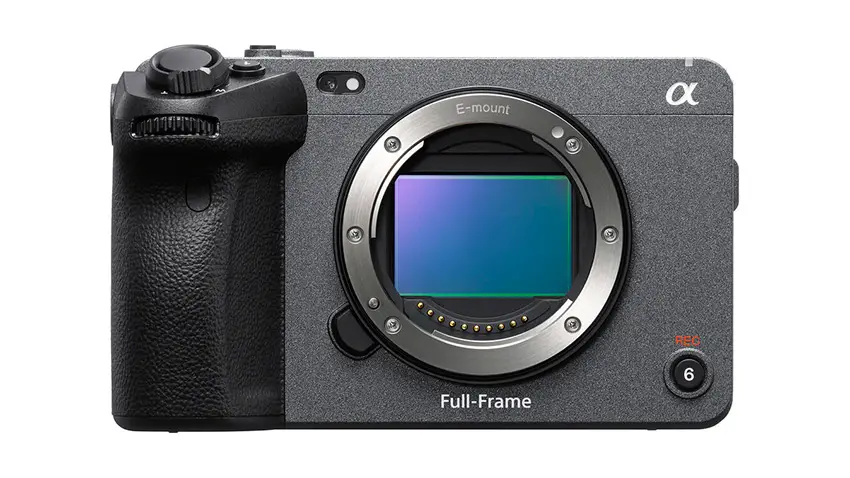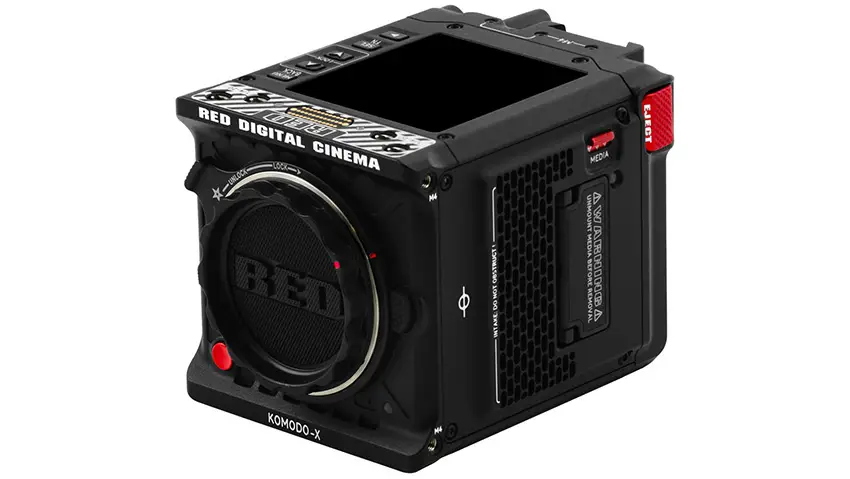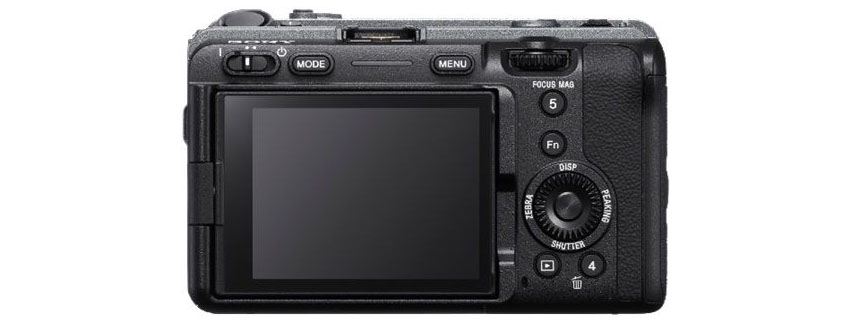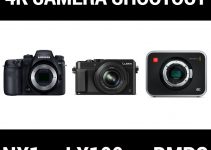RED kept a lot of the great things about the original KOMODO and made some things even better with the release of the KOMODO-X. One of the more significant changes was an updated Super 35mm sensor with better dynamic range.
Presumably, this should lead to improvements in many aspects of image quality, potentially even low-light performance, so why not test it against the Sony FX3, which is considered one of the best for challenging lighting environments.
In many ways this is yet another full-frame vs Super 35mm sensor comparison, but that’s still fun to see with every new advancement. If you want to see it you’ll have to watch this test from filmmaker cammackey.
Testing Conditions
In a very dim room with most light blocked off they set up a flashlight to bounce off the ceiling to illuminate the scene. That’s it for lighting. It’s a very dark setup and they will be pushing the cameras a bit for this test.
Cam also lights up a cigarette for an additional light source in the shot.
Both cameras are recording at their top resolutions. The FX3 using the new DCI 4K mode with an internal XAVC S-I codec and the KOMODO-X shooting at 6K ELQ raw. They were set to ISO 800 and use the log profiles.

Image Credit: Sony
Editing and Analysis
Working in Resolve, he does do some grading to get the footage into a good spot. He adjusts white balance, applies some noise reduction, and then does a bit of shadow recovery. He does the same work on both.
Pushing the footage a bit more you can see some major differences in how the footage holds up between the two cameras.
The RED’s raw does do a better job of holding onto information when you push it while Sony’s internal codec starts to fall apart.

Image Credit: RED
Now, one thing you can do with the FX3 is use the high base ISO setting of ISO 12,800 to boost exposure during recording. This shot showed a much better and cleaner image at the same grade.
In severe underexposure you will see the RED footage fall apart as well. Being able to benefit from the dual base ISO of the FX3 does seem to give it a serious edge in exposure in the darkest locations.
Dual Base ISO Explained
The main difference between these two cameras will be the way it handles sensitivity and ISO.
The RED KOMODO-X uses a raw codec that generally doesn’t have dual ISOs. You are shooting at an effective ISO of 800 and then relying on after-capture adjustments to make exposure changes using the ISO.
With dual base ISO on the FX3 you are using an additional processing step after the light hits the sensor that will give you a boost to exposure with a clean signal. The FX3 will generally be able to do better in low light because of this advantage.

Image Credit: Sony
Final Thoughts
Now, this shouldn’t come as a huge surprise to many since the FX3 seems to have a few advantages.
Both cameras are still outstanding and the KOMODO-X has a lot of advantages in ergonomics and functionality, such as internal raw. When treated with care both cameras are delivering outstanding imagery.
What did you think about this comparison?
[source: cammackey]
Order Links:
Disclaimer: As an Amazon Associate partner and participant in B&H and Adorama Affiliate programmes, we earn a small comission from each purchase made through the affiliate links listed above at no additional cost to you.


